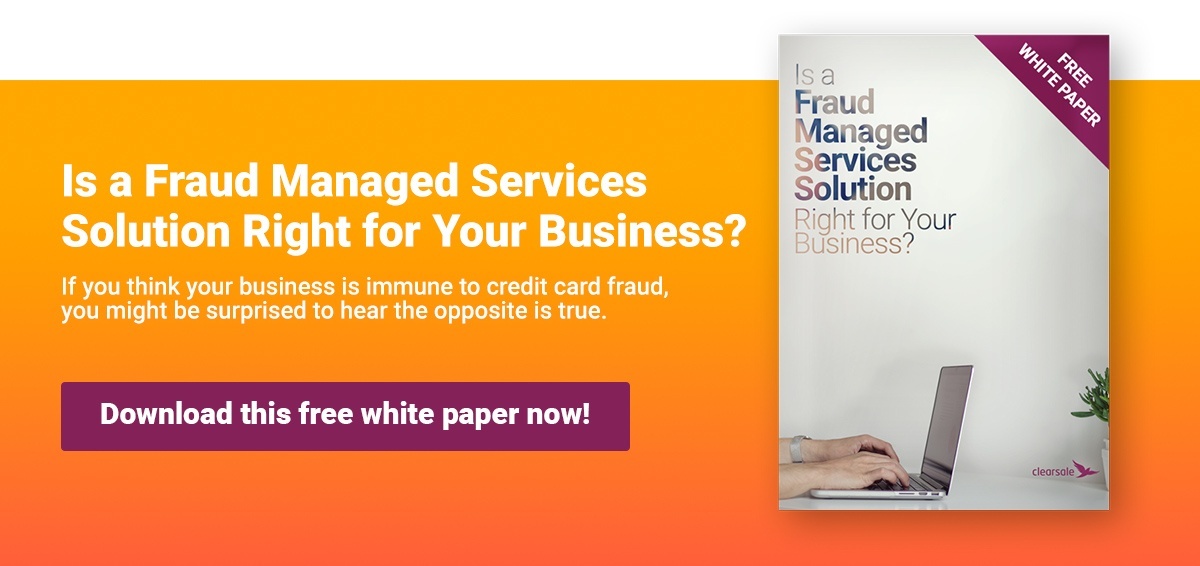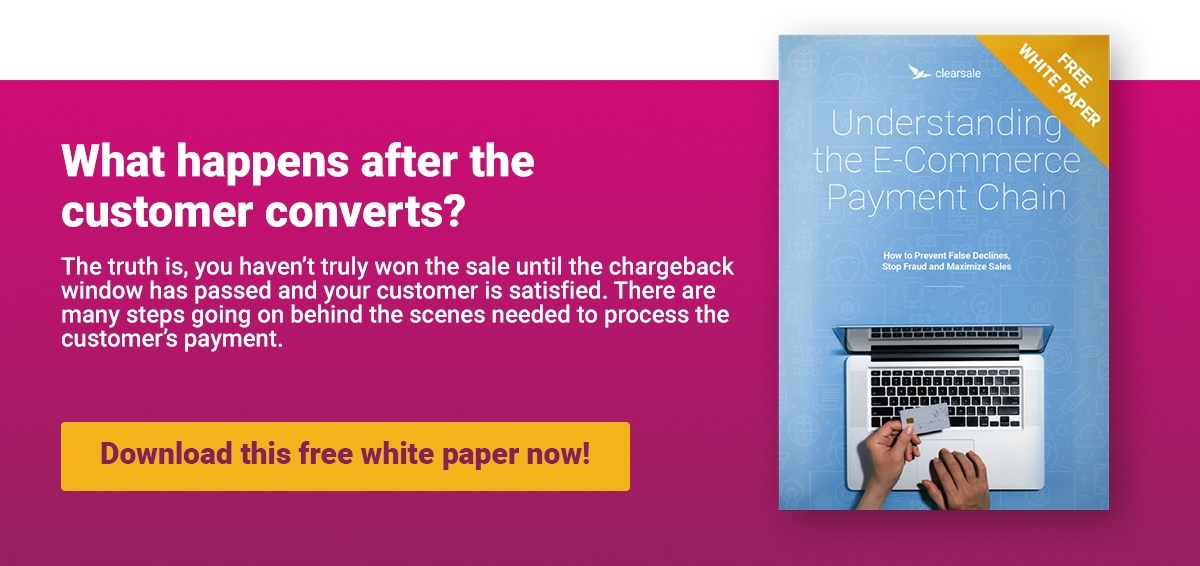How to Prevent Stripe Chargebacks From Harming Your Online Business
A popular payment platform for e-commerce retailers, Stripe offers quick and frictionless mobile commerce experiences and one-touch purchases. It’s designed to help businesses run more efficiently and let e-retailers focus less on maintaining complex payment infrastructures and more on making sales.
But this simplicity doesn’t relieve Stripe merchants of the vulnerability to credit card chargebacks and customer disputes. These e-retailers must be continuously mindful of maintaining the low chargeback ratios that keep them in good standing with processors and keep profits rising — and that means learning how to prevent (and even win) Stripe chargebacks.
How to Effectively Respond to Stripe Chargebacks
When it comes to responding to a Stripe chargeback and recovering lost revenue, time is of the essence. The window for merchants to respond to a chargeback is narrow (generally fewer than 21 days), so it’s essential to understand how to efficiently address any disputes.
After the cardholder’s issuing bank notifies Stripe of a dispute, Stripe adds the transaction to the merchant’s online dashboard under Payments and includes relevant transaction information and the bank-assigned reason for the dispute.
Note: Stripe charges the merchant a $15 fee for each dispute received to cover administrative costs for processing a chargeback. This fee is returned if the dispute is contested and is found in the merchant’s favor.
From the Stripe dashboard, merchants can either:
- Accept the dispute (resulting in the dispute being noted as “lost” on the dashboard).
- Submit evidence to protest the dispute.
If they choose to protest the dispute, merchants respond to the chargeback through the Stripe dashboard by clicking Submit Evidence. The dashboard then guides the e-commerce retailer through the chargeback process.
Merchants will want to quickly gather and upload all compelling evidence that supports their position. The relevant documentation required varies based on the credit card issuer and by the dispute reason and may include:
- Proof of customer authorization
- Proof the service was provided
- Tracking receipts indicating that goods were shipped and delivered
- Copies of refund and return policies
- Copies of communication with the customer
Note: All documentation must be submitted at the same time. Merchants can save drafts of their submission as they upload files, but they can submit documentation only once. Merchants should contact Stripe if they have any questions about the required evidence.
After the merchant submits their documentation through the dashboard, Stripe presents the case to its acquirer for evaluation. The acquirer may close the dispute or forward the evidence to the issuing bank for review. Stripe itself is never involved in determining the outcome of a dispute.
6 Simple Ways to Avoid a Stripe Chargeback
The $15 fee Stripe charges for each chargeback is just the tip of the penalty iceberg for merchants; other monetary losses include the refunded amount of the transaction, processing and transaction fees, and shipping charges—not to mention the loss of the merchandise itself.
Rather than spending critical time fighting Stripe chargebacks, it’s best for merchants to try to prevent disputes in the first place by:
- Reaching out to the customer. Merchants can try reaching out to the customer to resolve the issue. They may offer a refund for the disputed amount and ask the customer to withdraw the dispute; doing so avoids hits to a merchant’s chargeback ratio.
- Providing details. Merchants selling products should offer clear descriptions (including pictures from multiple angles and precise measurements). Estimated billing, shipping, and return and refund policies should be clearly explained.
- Continuing communication. After an order is placed, merchants should communicate frequently and clearly, providing regular shipping and delivery updates that include the estimated delivery date and tracking information.
- Using clear billing descriptors. If a customer doesn’t recognize a charge on their statement, they may assume it’s fraudulent and file a chargeback. If merchants aren’t using the main company’s name as the company name, they should consider using their website’s URL to make the transaction more recognizable to customers.
- Being accessible. Many customers will try to contact a company first before filing a dispute. Make multiple avenues of communication available to customers, like e-mail, call centers and social media messaging. Ensure those responding to customer questions and concerns are knowledgeable about policies and are trained in providing exceptional customer service.
- Using reliable delivery services. Use trusted delivery methods (avoid using any reshippers that a customer suggests) and purchase insurance and delivery or signature confirmation.
Merchants with chargeback-to-transaction ratios of more than 1% may find themselves at risk of having their Stripe merchant account canceled, which can be devastating to an e-retailer. But they can minimize this risk by implementing a multilayered fraud prevention solution that combines artificial intelligence and well-trained staff and results in a reduced risk of friendly fraud.
Contact a ClearSale credit card fraud analyst today to learn how these tips and our fraud protection solution are a winning combination for protecting your growing business against Stripe chargebacks.
 Sarah Elizabeth
Sarah Elizabeth

